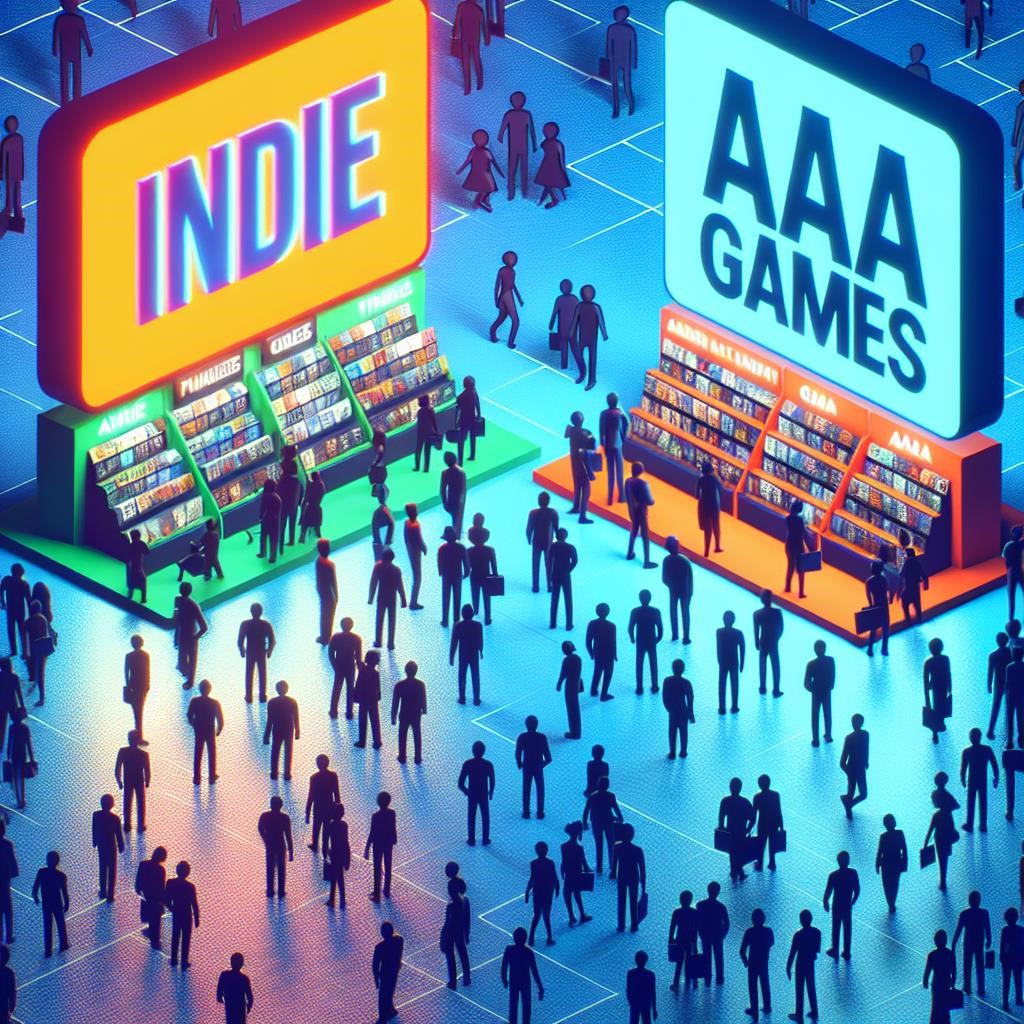In recent years, the gaming industry has witnessed a remarkable shift in player preferences. Indie games, which are typically developed by small teams or individuals, are gaining immense popularity, often eclipsing the traditional AAA projects produced by large studios. This article explores the reasons behind this trend and why indie games are becoming a dominant force in the gaming landscape.
The Appeal of Innovation
One of the primary reasons indie games are flourishing is their innovative approach to gameplay and storytelling. Unlike AAA titles, which often rely on established franchises and formulas, indie developers are free to experiment with new ideas. This creativity results in unique gaming experiences that resonate with players seeking something fresh and different.
Risk-Taking and Boundless Creativity
- Unique Game Mechanics: Indie games often introduce novel gameplay mechanics that challenge conventional norms.
- Diverse Narratives: Many indie titles tell stories that are often overlooked in mainstream games, such as personal journeys, social issues, or abstract concepts.
- Artistic Freedom: Indie developers can express their artistic vision without the constraints of a large corporate structure.
Affordability and Accessibility
Another factor contributing to the rise of indie games is their affordability. Most indie titles are priced lower than AAA games, making them more accessible to a broader audience. Players are often more willing to take a chance on a lesser-known title when it costs less than a premium AAA game.
Platforms and Distribution
With the advent of digital distribution platforms like Steam, itch.io, and the Epic Games Store, indie developers have greater access to potential players. These platforms allow for easier promotion and distribution of games without the hefty marketing budgets that AAA projects require.
Community Engagement
Indie developers often foster strong connections with their community. Through social media, forums, and crowdfunding platforms, they can engage directly with players, gathering feedback and building a loyal fan base. This sense of community can lead to more tailored gaming experiences that reflect the desires of players.
Player-Centric Development
- Feedback Loops: Many indie developers actively seek player input during the development process through early access and beta testing.
- Community Events: Developers often participate in gaming conventions and events, allowing for face-to-face interactions with fans;
The AAA Fatigue
As the gaming industry evolves, players have expressed fatigue with the repetitive nature of many AAA franchises. The cycle of sequels, remakes, and annual releases can lead to a sense of monotony. Indie games, on the other hand, thrive on originality and can provide a refreshing alternative.
Breaking the Mold
Indie games are not bound by the same expectations. They can take risks and explore new genres, themes, and styles without the pressure to meet sales expectations. This freedom can lead to groundbreaking titles that stand out in a crowded market.
The Future of Indie Games
As technology continues to advance, the tools available for game development are becoming more accessible. Game engines such as Unity and Unreal Engine allow aspiring developers to create high-quality games with relatively low budgets. As a result, the future looks bright for indie games, with a growing number of talented individuals entering the scene.
Potential for Growth
- Emerging Technologies: The rise of virtual reality (VR) and augmented reality (AR) offers new avenues for indie developers to explore.
- Global Reach: The internet allows indie games to reach a global audience, making it easier for niche titles to find their market.
